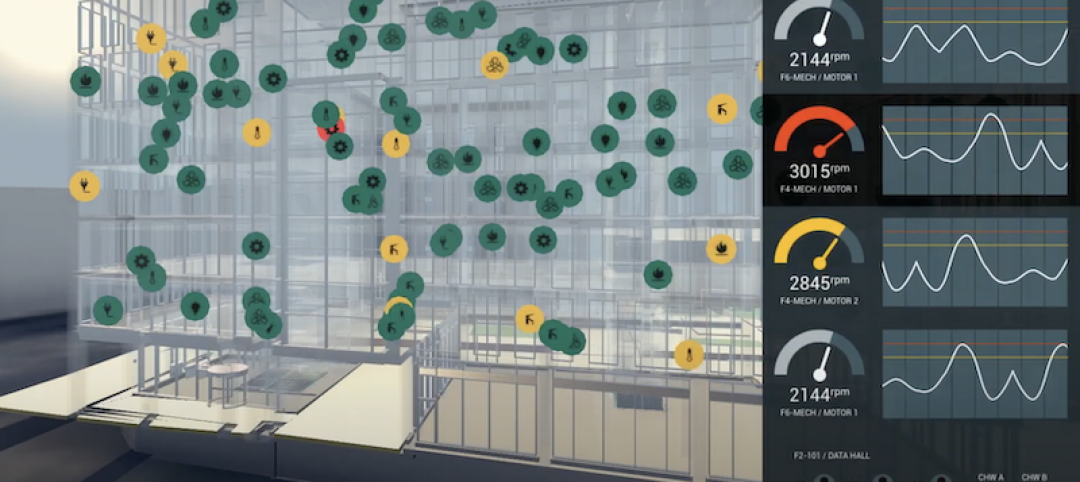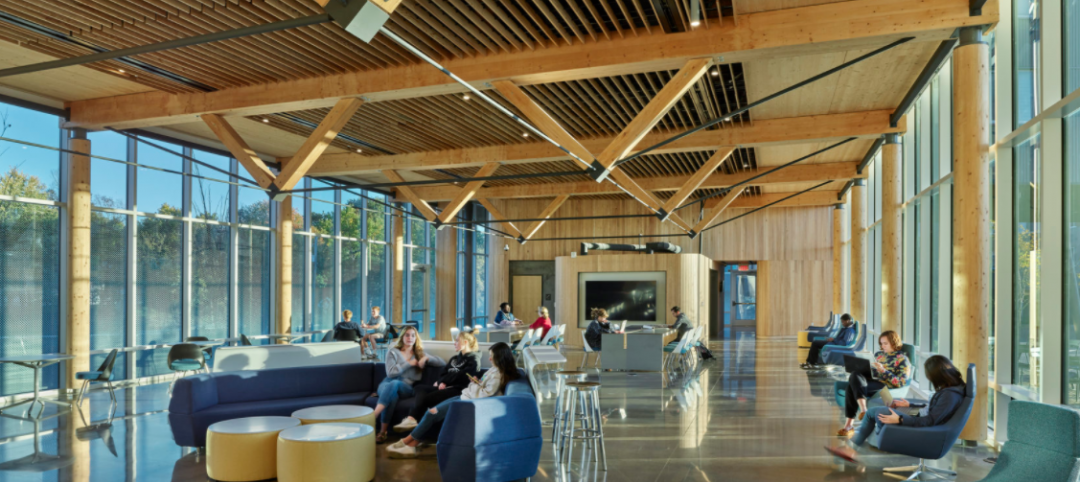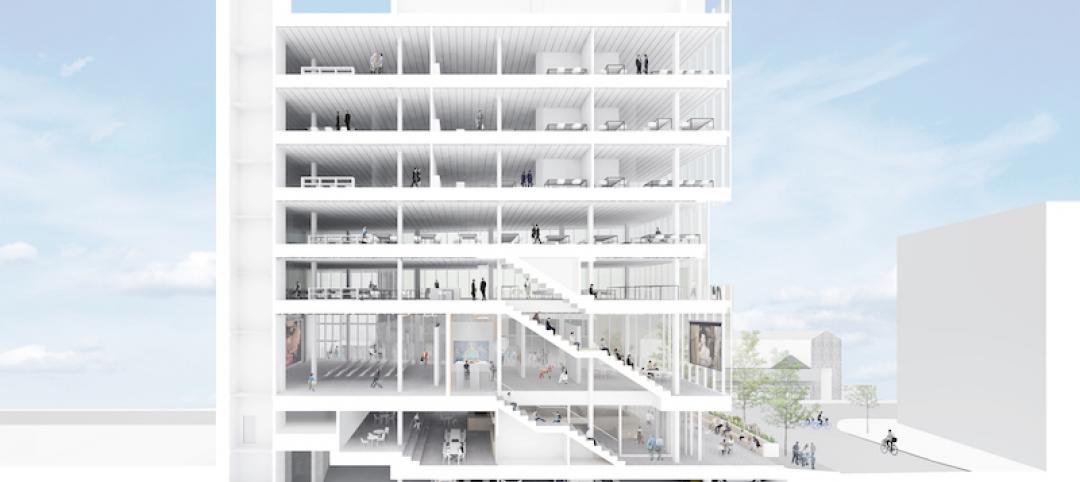 |
At more than 2,600 feet high, the Burj Dubai (right) can still lay claim to the title of world's tallest building—although like all other super-tall buildings, its exact height will have to be recalculated now that the Council on Tall Buildings and Urban Habitat (CTBUH) announced a change to its height criteria.
CTBUH is the international body that arbitrates on tall building height and determines the title of “The World's Tallest Building.” The organization announced that its old rule of measuring height from the sidewalk outside the main entrance does not sufficiently recognize multiuse tall buildings that often have several different entrances at different levels. The new criteria calls for measuring building height from the level of the lowest significant, open-air pedestrian entrance.
“Beginning in 2007, with the knowledge that Burj Dubai would be significantly taller than any structure ever built, the CTBUH Height Committee met to review the criteria by which we recognize and rank the height of buildings,” said Peter Weismantle, chair of the CTBUH Height Committee and director of supertall building technology at Adrian Smith + Gordon Gill Architecture in Chicago. “As one might guess, with the committee being made up of architects, engineers, contractors, developers, building owners, and academics, a variety of opinions and views were expressed. The resulting revisions two years later reflect a general consensus of the committee in recognizing the most recent trends in tall building development around the world.”
In response to the changing designs and forms of tall buildings, the Height Committee also elected to discard its previous “Height to Roof” category. “The roof category just doesn't make sense anymore,” said CTBUH executive director Antony Wood. “In the era of the flat-topped modernist tower, a clearly defined roof could usually be identified, but in today's tall building world—which is increasingly adopting elaborate forms, spires, parapets, and other features at the top of the building—it is becoming difficult to determine a 'roof' at all, even less so to measure to it.”
The new rules haven't dramatically altered the ranking of the world's tallest buildings, although the Jin Mao Tower in Shanghai (1,381 feet high) dropped to seventh tallest, having been bumped by the Trump International Hotel & Tower in Chicago (1,389 feet high), which is now the world's sixth-tallest building.
Related Stories
Giants 400 | Aug 30, 2021
2021 Giants 400 Report: Ranking the largest architecture, engineering, and construction firms in the U.S.
The 2021 Giants 400 Report includes more than 130 rankings across 25 building sectors and specialty categories.
Resiliency | Aug 19, 2021
White paper outlines cost-effective flood protection approaches for building owners
A new white paper from Walter P Moore offers an in-depth review of the flood protection process and proven approaches.
Cultural Facilities | Aug 2, 2021
A new venue for the San Diego Symphony’s outdoor performances opens this week
Rady Shell at Jacobs Park was funded almost entirely by private donors.
Cultural Facilities | Jun 28, 2021
Maine’s Children’s Museum & Theatre moves into new location that doubles its size
Interactive exhibits are among its features.
Resiliency | Jun 24, 2021
Oceanographer John Englander talks resiliency and buildings [new on HorizonTV]
New on HorizonTV, oceanographer John Englander discusses his latest book, which warns that, regardless of resilience efforts, sea levels will rise by meters in the coming decades. Adaptation, he says, is the key to future building design and construction.
Multifamily Housing | Jun 3, 2021
Student Housing Trends 2021-2022
In this exclusive video interview for HorizonTV, Fred Pierce, CEO of Pierce Education Properties, developer and manager of off-campus student residences, chats with Rob Cassidy, Editor, MULTIFAMILY Design + Construction about student housing during the pandemic and what to expect for on-campus and off-campus housing in Fall 2021 and into 2022.
Digital Twin | May 24, 2021
Digital twin’s value propositions for the built environment, explained
Ernst & Young’s white paper makes its cases for the technology’s myriad benefits.
Wood | May 14, 2021
What's next for mass timber design?
An architect who has worked on some of the nation's largest and most significant mass timber construction projects shares his thoughts on the latest design trends and innovations in mass timber.
Cultural Facilities | Apr 1, 2021
A Connecticut firm deploys design to assist underserved people and communities
Hartford, Conn.-based JCJ Architecture traces its roots to 1936, when the U.S. was just coming out of an economic depression and its unemployment rate was still 14%. In 2021, with the country trying to recover economically from the impact of the coronavirus, and with questions about social inequity entering the public debate as rarely before, JCJ has focused its design work on projects and clients that are committed to social responsibility and advocacy, particularly for underserved or marginalized communities.
Cultural Facilities | Mar 1, 2021
Moise Safra Center completes in New York City
The project will act as a second home for the Jewish community it serves.


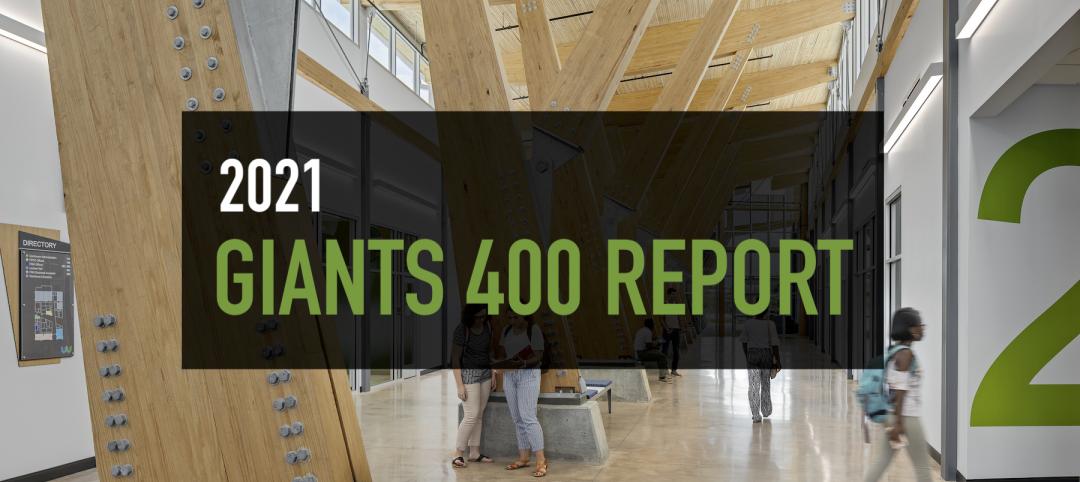
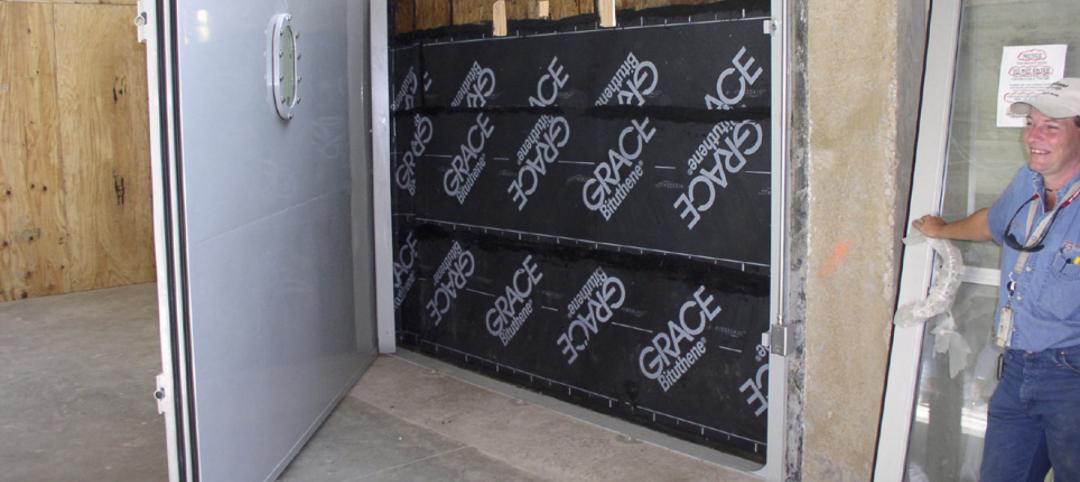
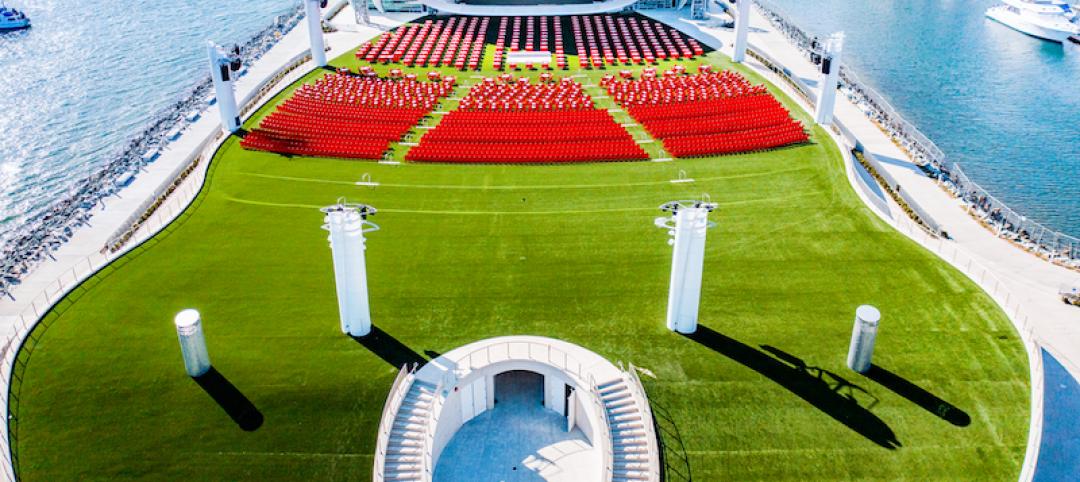

![Oceanographer John Englander talks resiliency and buildings [new on HorizonTV] Oceanographer John Englander talks resiliency and buildings [new on HorizonTV]](/sites/default/files/styles/list_big/public/Oceanographer%20John%20Englander%20Talks%20Resiliency%20and%20Buildings%20YT%20new_0.jpg?itok=enJ1TWJ8)

